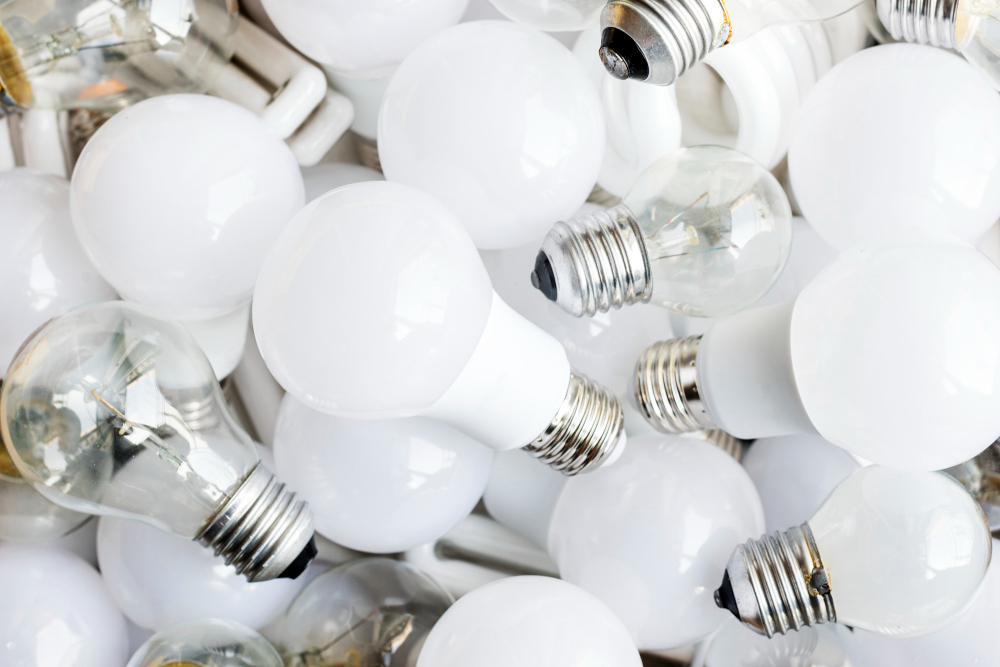A Quick Guide to Selecting Fluorescent Lighting Ballasts

Fluorescent lighting ballasts are an essential component of any lighting system. They help to regulate the amount of electrical current that flows through fluorescent lamps, ensuring that they work efficiently and safely. However, selecting the right ballast for your lighting system can be a daunting task, especially if you're inexperienced in electrical work. In this blog post, we'll provide you with a quick guide to selecting fluorescent lighting ballasts to help you choose the right one for your needs.
1. Consider the Lamp Type and Wattage
The first factor you should consider when selecting a fluorescent lighting ballast is the lamp type and wattage you'll be using. Different lamp types require different ballasts, and some ballasts may only work with specific wattage levels. Make sure to check the manufacturer's specifications for both the lamp and the ballast to ensure that they are compatible.
2. Choose the Right Ballast Type
Fluorescent lighting ballasts typically come in two types: magnetic and electronic. Magnetic ballasts are an older technology and are no longer recommended for new installations. Electronic ballasts are more energy-efficient, run cooler, and are quieter than magnetic ballasts. They are also more compatible with modern lighting systems and provide better lighting quality.
3. Look for Energy-Efficient Ballasts
If you want to save money on your energy bills and reduce your carbon footprint, look for energy-efficient ballasts. These ballasts are designed to work with energy-saving lamps, such as T8 and T5 fluorescent lamps, and can save you up to 30% on your energy costs compared to standard ballasts.
4. Check for Compatibility with Your Dimming System
If you have a dimming system in place, make sure that the ballast you choose is compatible with it. Not all ballasts can be used with dimmer switches, so it's important to check before making your purchase. Some ballasts are also designed to work with certain types of dimmers, such as 0-10V dimmers or Dali dimmers, so make sure to choose the right one for your system.
5. Consider Ballast Factor
Ballast factor refers to the amount of light produced by a lamp when connected to a ballast. It is calculated as a percentage, with higher percentages indicating brighter light output. If you're looking for a ballast that provides bright, high-quality lighting, choose one with a high ballast factor. However, a higher ballast factor may also result in higher energy consumption and shorter lamp life, so it's important to strike a balance between brightness and energy efficiency.
Conclusion
Choosing the right fluorescent lighting ballast can be a challenging task, but by considering factors such as lamp type, ballast type, energy efficiency, compatibility with your dimming system, and ballast factor, you can ensure that you select the right one for your needs. Make sure to check the manufacturer's specifications and consult with a qualified electrician if you're unsure about which ballast is best for your lighting system. Investing in the right ballast can save you money in the long run and improve the quality of your lighting. If you're looking for reliable, professional electricians in Apopka, FL, contact Spectrum Electric Inc. We're here to help you with all of your electrical needs.
